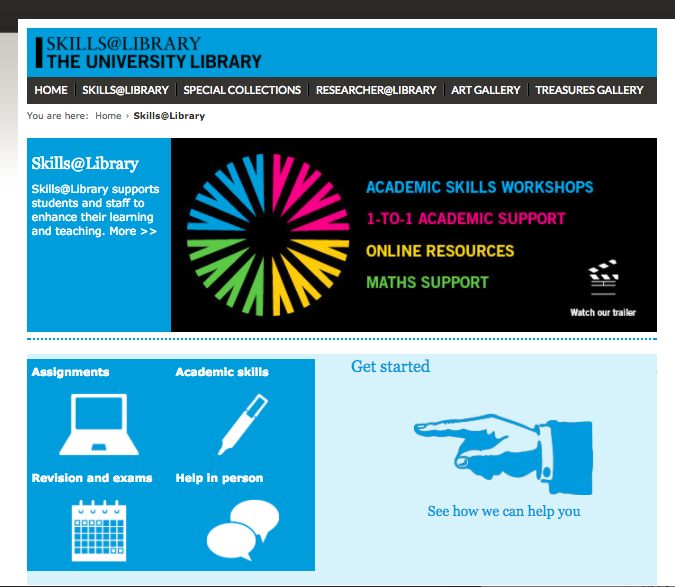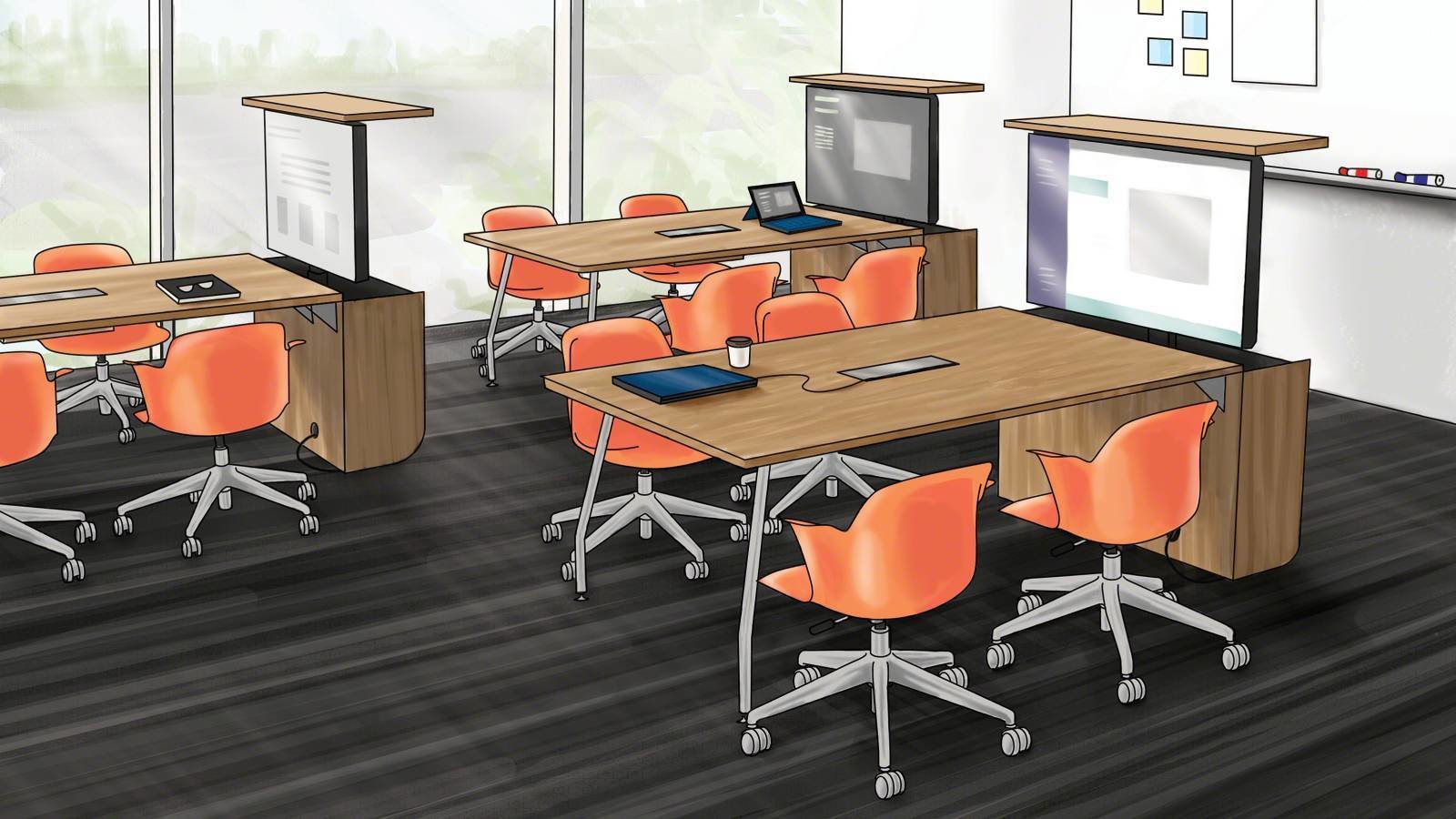Enabling a Culture of Learning
in Academic Libraries
Kyle Feenstra - BA, BEd, MLIS
Education & Psychology Librarian

What are the pedagogical ideas that are driving the shift towards more experiential learning?
What can we do as a library to facilitate student engagement and a culture of learning?
Pedagogy
Environment
Learning Experience
How does the university environment give shape to teaching and learning practices in higher education?
1
2
3
Foundational Ideas About
Student Engagement
Constructivism
(Piaget)
Knowledge and meaning are constructed from dialogue and experience with the learner's environment.
Experiential Education
(Dewey)
Students engage more when they are able to "participate in the formation of [educational] purpose"... (Dewey, 1997, p. 67)
But they must also have the opportunity to apply the conceptual learning gained in traditional classroom settings to a
"real-world" context".

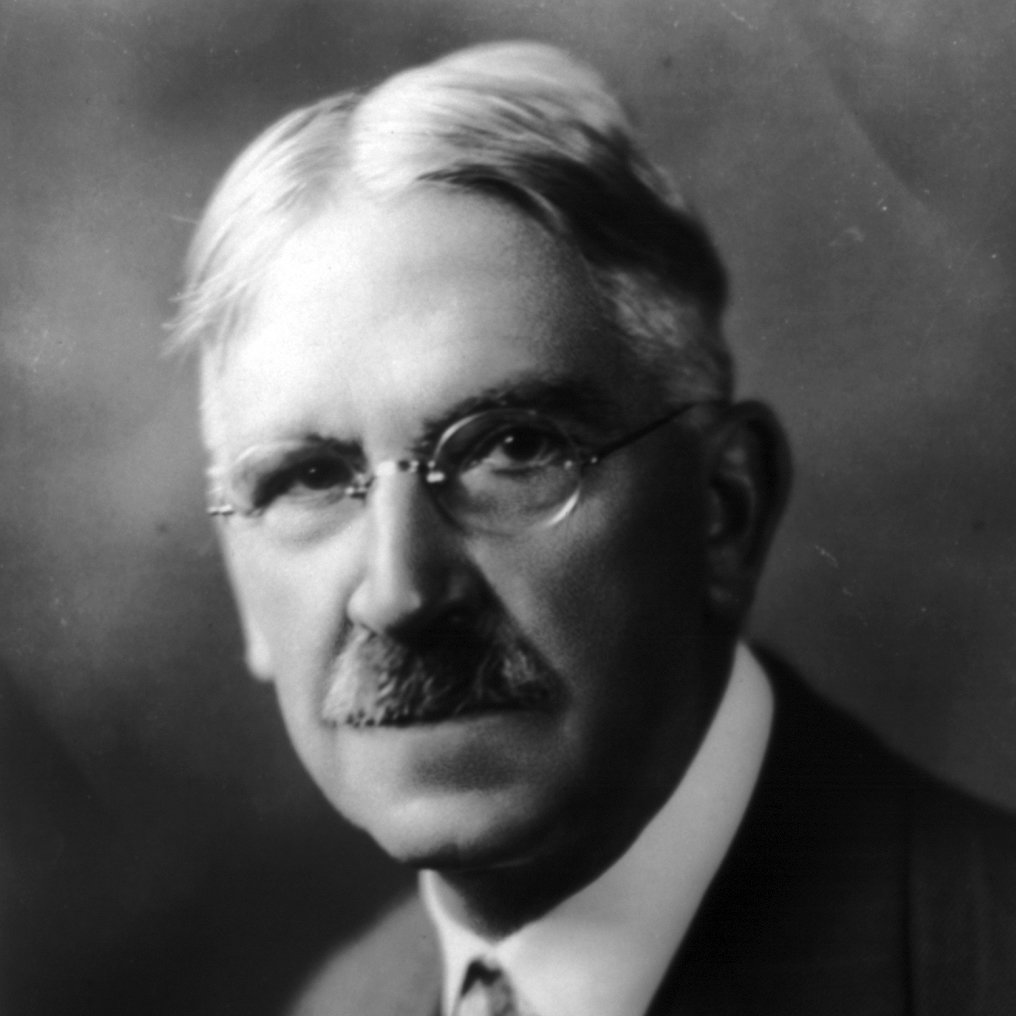
Engagement or Disengagement?
Learning from "experience does not mean that all experiences are genuinely or equally educative". (Dewey, 1997, p. 25)
- Heavy emphasis on performance
- Educational models that constrain the formation of student identity
- Estrangement from academic culture
- Assessment that focusses on failure rather than success
- Restrictions on student autonomy and creativity
(Bryson, 2014, p. 14)
Factors that disengage students:
Both traditional classrooms and experiential settings can result in disengagement.
What does a Pedagogy
of Student Engagement
Look Like?
Learning is designed to be participatory, collaborative, dialogic, authentic, and critical.
Opportunity is
made for peer to peer teaching.
Assessment for learning is common instructional practice.
Space is made in the curriculum for student autonomy and creativity.
Learning is presented as a process rather than just an outcome.
Student Autonomy
Relevance
When we make space for autonomous learning we indicate our respect for student voice, their curiosity, and creativity.
Learning is relatable to the psycho-social, cultural, economic, and political dimensions of "being", and "becoming".
(Freire, 1998)
(Bryson, 2014; Kahu, 2013.)
A Culture of Learning Is impossible Without Student Engagement

Online and physical learning environments require adapted pedagogical approaches but are equally important for student engagement and learning.
Be as Flexible as the Learning Environment
The university campus is a borderless, fluid environment encompassing all sites of learning.
Traditional classroom
Physical library
Home environment
Online & blended courses
Experiential learning placements
Field research
Study spaces on campus
Social environments
Social media
Coffee shops & bus stops
As a library system we need to be available at the point of need and continually developing our capacity to serve patrons in online, blended, and face to face learning environments.
A Culture of Learning
Defined by Relationships
Librarians
The Centre
Academic Learning Centre
Student Advocacy
Faculty and Instructors
Undergraduate Students
Student Life
Graduate Students
Institutional
Success
Each stakeholder has:
- Objectives
- Knowledge, ability, and resources
- Learning, resource, & service needs
The success of students, staff, and faculty define the success of the university.
Where to Start?
Flexibility in Practice
Comprehensive
web-based teaching & learning resource including IL modules and reference information about student & faculty support
units.
Teaching & Learning Reference
Learning Resources
A-Z reference tool linking to info about teaching and learning support units, programs, resources, and technology.
- Library resources, librarians and libguides.
- The Centre & ALC
- Writing Tutors
- Academic Integrity
- Events & workshops
- UM Learn
- Copyright
Process-based information literacy learning resources geared towards undergrad and graduate students
A modular information literacy curriculum that can be embedded into UM learn and completed for
co-curricular credit
Collaboratively authored by: UML librarians, The Centre, Academic Learning Centre, Faculty, Student Advocacy, Grad and Undergrad Students
https://www.sheffield.ac.uk/library/study
https://library.leeds.ac.uk/skills
Innovative Teaching & Learning Spaces
Disrupt the traditional computer lab and offer students & faculty space where they can use library resources in an innovative teaching environment that allows for:
- participatory learning
- collaboration
- dialogue
- peer to peer teaching
- creativity
https://www.steelcase.com/research/articles/topics/education/verb-active-media-table-activates-large-classrooms/
Authentic Assessment &
Employability
Employability is the capability a student has gained from their educational experiences. Yorke & Knight (2006) define employability as having:
Provide space and opportunity to display academic achievements.
- Research exhibits / symposia
- Poster competitions
- ePortfolios
- Co-curricular badges
Facilitate cross-disciplinary workshops related to employability skills:
- Web design / coding
- Graphic design
- Data analysis tools
- Mapping tools
- Workshop Instruction
What can librarians do?
We can create opportunity for students to demonstrate knowledge and ability relevant
to a "real-world" context.
- Knowledge and understanding of a subject
- Skillful practice (ability),
- Efficacy beliefs (perception of ability),
- Ability to reflect on their learning.
Partnerships with Students
Building on existing initiatives
such as:
- Writing Tutor program
(Academic Learning Centre) - Academic Integrity Ambassadors
(Student Advocacy)
We have opportunity to build additional innovative partnerships with students, similar to the University of Sheffield S.A.L.T. program.
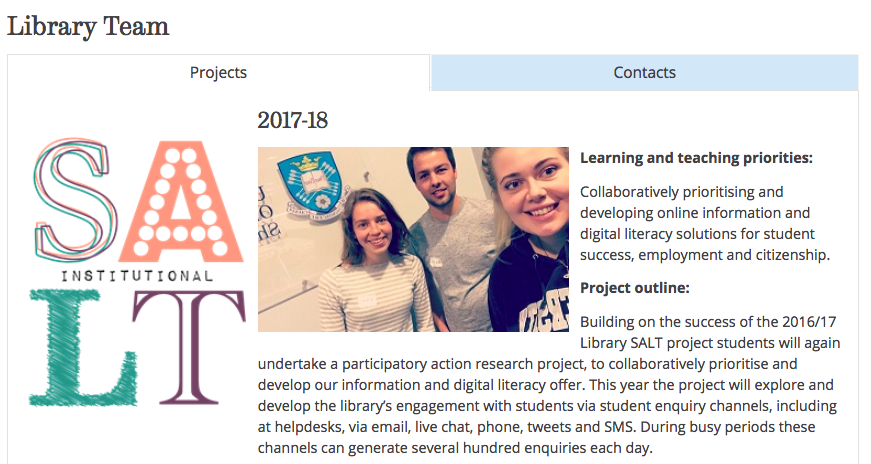
Enhanced Reference
Personalize our virtual reference services with screen sharing options or video chat to ease communications with patrons.
Increase the online visibility of liaison librarians, libguides, and related resources to support relationship building and increased social capital.
Build up and draw attention to research collections in higher education pedagogy and instruction.
Collection Development
Flexible Learning
Active Learning
Flipped Classrooms
Critical Pedagogy
Assessment Strategies
Place-Based Learning
Digital Pedagogy
Instructional Design
Inquiry-Based Learning
Constructivism...
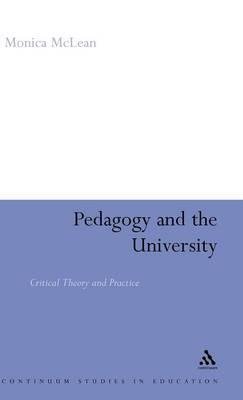

Serving Librarians & Staff
- Provide information about external conferences, calls for papers, and publishing opportunities.
- Create and advertise opportunities for dialogue and professional development for UM librarians and instructors from other units.
- Maintain a communication plan with librarians and staff regarding teaching, learning and reference services initiatives, projects and assessments, including collaborative initiatives from other units.
- Advocate on behalf of liaison librarians, promoting our teaching programs to UM faculties.
WILU
LILAC
LOEX
UML Information Literacy Symposium
Professional Workshops &
Teaching & Learning
Symposium (The Centre)
(Thanks for listening.)
Questions?

- ACRL Standards and Proficiencies for Instruction Librarians and Coordinators Revision Task Force. Roles and strengths of teaching librarians. (2017). College & Research Libraries News, 78(7), 364.
- Association of College and Research Libraries. (2016). Framework for Information Literacy for Higher Education. Chicago: ACRL. Retrieved from http://www.ala.org/acrl/standards/ilframework.
- Bennet, S. (2015). Putting Learning into Library Planning. Libraries and the Academy, 15(2), 215-231.
- Bilham, T. (Ed.). (2013). For the love of learning: Innovations from outstanding university teachers. Basingstoke, U.K.: Palgrave Macmillan.
- Bryson, C. (Ed.). (2014). Understanding and developing student engagement. New York: Routledge.
- Dewey, J. (1997). Experience & education. New York: Simon & Schuster.
- Freire, P. (1998). Pedagogy of freedom: Ethics, democracy and civic courage. Lanham, MD: Rowman & Littlefield.
- Giroux, H. (1997). Pedagogy and the politics of hope: Theory, culture and schooling. Boulder, Co: Westview Press.
- Kahu, E. (2013). Framing student engagement in higher education. Studies in Higher Education. 38(5), 758-773.
- Kincheloe, J. (2008). Critical constructivism. New York: Peter Lang.
- University of British Columbia, Office of the Provost. Flexible learning: Charting a strategic vision for UBC (Vancouver Campus). Retrieved from http://flexible.learning.ubc.ca.
- University of Manitoba, Office of the President. Taking our place: University of Manitoba strategic plan, 2015-2020. Retrieved from http://umanitoba.ca/admin/president/strategic_plan.
- Yorke, M., Knight, P. (2006). Embedding employability into the curriculum. York, UK: Higher Education Academy. Retrieved from https://www.heacademy.ac.uk/knowledge-hub/embedding-employability-curriculum
References
(All images are from Wikimedia Commons unless otherwise noted.)

